The candy manufacturing industry has undergone significant changes over the years, driven by the demands of consumers for higher quality, more diverse products, and faster production cycles. With increased competition and rising consumer expectations, candy manufacturers are seeking ways to enhance their production processes while maintaining consistency, cost-efficiency, and product innovation. The introduction of advanced machinery has been a key catalyst in this evolution.
The industry today is focused on achieving higher efficiency, greater customization, and better sustainability in its production methods. Automation, precision manufacturing, and digitalization are at the forefront of this shift, enabling manufacturers to meet ever-changing market demands. The shift toward more efficient and customizable production lines ensures that candy producers can remain competitive, produce high-quality products, and respond to fluctuating consumer preferences.
The Need for Efficiency and Customization in Production
Efficiency and customization are no longer optional in candy manufacturing—they are essential for meeting the needs of the modern market. With the increasing demand for a variety of candy products, manufacturers must optimize their operations to produce large volumes without compromising quality. At the same time, consumer preferences are becoming more diverse, with demand for unique flavors, shapes, and dietary requirements (e.g., vegan, gluten-free, or organic candies). Customization has thus become an integral part of production, allowing manufacturers to create personalized and limited-edition candy products.
Why Efficiency is Important:
Speed and Output: Efficient production lines can meet high demand while reducing production time, ensuring that manufacturers can keep up with market needs.
Cost Savings: Efficient machinery reduces energy consumption, minimizes waste, and lowers the cost per unit of production, making it crucial for profit margins.
Consistency: With efficient processes, manufacturers can maintain uniformity in product size, shape, and taste, which is essential for brand reputation and customer satisfaction.
Why Customization is Necessary:
Meeting Market Demand: Consumers are seeking personalized and innovative products, and customization allows manufacturers to cater to these preferences by offering unique candy options.
Flexibility: Customizable machinery allows manufacturers to quickly adjust production lines to produce different candy types, from chocolates to gummies, with minimal downtime and retooling.
Seasonal and Special Edition Products: Customization also helps candy makers introduce seasonal offerings or limited-time flavors, keeping their products fresh and exciting for consumers.
Understanding Efficient and Customizable Machinery
To truly enhance candy production, manufacturers must understand what makes machinery efficient and customizable. It's not just about having machines that can produce large quantities of candy quickly; it's about creating systems that are adaptable, precise, and able to handle the increasing complexity of modern candy production.
Defining Efficient Machinery in Candy Manufacturing
Efficient machinery in candy manufacturing refers to machines that maximize production while minimizing waste, energy consumption, and human error. These machines are designed to operate at optimal speed and with high precision, ensuring that each step in the production process is executed flawlessly.
Characteristics of Efficient Machinery:
High-Speed Production: Machinery designed for efficiency can operate continuously, producing large volumes of candy with minimal downtime, which is essential for meeting high consumer demand.
Energy Efficiency: Modern machinery incorporates energy-saving features such as optimized heating and cooling systems, reducing the overall energy consumption of the production process.
Minimal Waste: Precise ingredient handling and automated systems ensure that raw materials are used optimally, reducing the amount of wasted product during manufacturing.
Durability and Reliability: Efficient machines are built for long-term use with minimal breakdowns, providing consistent performance throughout production runs.
What Makes Machinery Customizable in the Context of Candy Production
Customization in candy manufacturing machinery refers to the ability of equipment to be tailored or adjusted to suit different production requirements. This can involve modifying machines to produce various candy types, change sizes and shapes, or even adjust for seasonal product variations.
Features of Customizable Machinery:
Adjustable Production Settings: Customizable machines allow manufacturers to change settings such as speed, temperature, and ingredient ratios to produce different types of candy, whether it's hard candies, chocolates, or gummies.
Modular Design: Some machines have modular components that can be swapped in or out, providing greater flexibility and reducing the need for entirely new equipment for each type of candy product.
Versatility Across Product Lines: Customizable machinery can be reconfigured for various production needs, such as batch-to-batch changes or the ability to produce multiple candy types within a single production line.
Adaptation to New Ingredients: Customizable systems can be designed to accommodate new ingredients or formulations, ensuring that the machinery remains useful as trends in the candy market change.
How These Two Factors (Efficiency and Customization) Work Together to Improve Production
Efficiency and customization are not mutually exclusive—they work in tandem to enhance production capabilities. Efficient machinery provides the speed and consistency needed to produce high volumes of candy, while customizable machinery allows manufacturers to adapt their production lines to meet changing consumer demands. The combination of both results in a streamlined process that minimizes downtime and waste, increases throughput, and provides flexibility for diverse product offerings.
For example, an efficient production line for chocolate may use high-speed tempering machines that maintain precise temperature control, ensuring that every batch is of the highest quality. At the same time, customizable features may allow the system to switch between different types of chocolate, such as dark, milk, or white chocolate, depending on market demand. This combination ensures that manufacturers can produce a wide variety of candy products at scale, without sacrificing quality or efficiency.
Types of Machinery Used in Candy Manufacturing
Candy manufacturing involves a wide range of machinery, each designed for specific stages in the production process. Understanding the types of machinery available can help manufacturers make informed decisions about which equipment to invest in.
Ingredient Handling and Mixing Machines
These machines are designed to handle raw materials such as sugar, syrups, and flavoring agents, ensuring that ingredients are combined precisely before moving on to the next production stage.
Examples:
Batch Mixers: Used for mixing ingredients in batches, ensuring uniform distribution of all components.
Continuous Mixers: These machines continuously blend ingredients, providing consistent results in high-volume operations.
Cooking and Cooling Machines
Cooking machines are used to melt and blend ingredients at high temperatures to achieve the desired candy texture. Cooling machines then help solidify the candy, ensuring it sets properly before molding.
Examples:
Batch Cookers: Typically used for smaller batches of candy, where the cooking process is carefully controlled.
Continuous Cookers: Designed for larger-scale operations, ensuring uniform cooking of large quantities of candy.
Cooling Tunnels: Automated systems that control the cooling of candies after cooking, ensuring consistent temperature control.
Molding and Shaping Machines
Once the candy mixture is prepared and cooled, molding and shaping machines are used to form the candy into its final shape. These machines are key for producing chocolates, gummies, and hard candies.
Examples:
Molding Machines: Use molds to form candies into specific shapes, from chocolate bars to gummies.
Extrusion Machines: Extrude candies through molds to create long shapes like licorice ropes or taffy.
Packaging Machines
After candy is produced and shaped, packaging machines are used to wrap, label, and seal the products for shipment and retail display. Efficient packaging is critical to preserving candy freshness and enhancing consumer appeal.
Examples:
Wrapping Machines: Automatically wrap individual candy pieces in foil or plastic.
Labeling Machines: Apply labels to candy packaging for branding, nutritional information, and legal requirements.
Cartoning and Pouching Machines: For bulk packaging, ensuring products are safely boxed or bagged for retail distribution.
Key Benefits of Using Efficient and Customizable Machinery
Increased Production Speed
The pace of production in candy manufacturing has a significant impact on a company's ability to meet consumer demand and maximize profitability. Efficient machinery speeds up production by reducing the time required for each manufacturing step, allowing manufacturers to produce more candies in less time.
How Efficiency Boosts Throughput and Reduces Production Time:
Efficient machines are designed to operate continuously with minimal downtime. For example, automated mixing and molding systems can run at higher speeds without sacrificing quality, reducing the overall time spent on each batch. High-speed production lines, which combine various stages like cooking, molding, and packaging, enhance throughput by keeping all operations synchronized.
Meeting Higher Consumer Demand with Faster Production Cycles:
As consumer preferences shift towards frequent product updates and new variations, faster production cycles are essential for staying competitive. By using efficient machinery, manufacturers can quickly scale up their production to meet seasonal spikes in demand or the release of limited-edition products, ensuring they are always prepared for market fluctuations.
Improved Consistency and Quality Control
Maintaining consistent product quality is a crucial challenge in candy manufacturing. Even slight variations in ingredients or temperature can lead to inconsistencies that affect flavor, texture, or appearance. Efficient and automated machinery significantly improves consistency and quality control.
The Role of Automation in Achieving Uniformity in Products:
Automation plays a key role in ensuring that each candy piece is produced to the same exact standards. Automated systems control variables like ingredient measurements, cooking temperatures, and molding precision, ensuring uniformity in texture, size, and flavor. Automated feedback systems continuously monitor these processes, making real-time adjustments to keep the products consistent.
Reduction in Product Defects and Variation:
Machines with integrated sensors and real-time monitoring systems can detect and correct defects early in the production process. This reduces the number of defective candies that need to be discarded, minimizing waste and ensuring that only the highest quality products make it to the packaging stage. These systems ensure that the final products meet the manufacturer's specifications and consumer expectations.
Cost Reduction and Resource Optimization
Efficient machinery not only enhances productivity but also helps manufacturers optimize the use of resources, reduce waste, and lower operational costs. Over time, these savings accumulate, improving the overall profitability of the candy production process.
How Efficient Machinery Reduces Waste and Energy Consumption:
Many modern candy manufacturing machines are designed to minimize material waste. For example, automated ingredient dispensing systems ensure that precise amounts of raw materials are used, preventing overuse or wastage. Similarly, advanced energy-efficient machines reduce the power consumption required for cooking, cooling, and packaging processes. Energy-efficient motors and heating systems are commonly integrated into new machinery designs to help businesses reduce their carbon footprint while saving on energy costs.
Long-Term Savings on Labor Costs and Raw Materials:
The initial investment in efficient machinery can result in long-term cost savings. By automating repetitive tasks, manufacturers can reduce their reliance on manual labor, cutting down on labor costs and minimizing the risk of human error. Additionally, with optimized resource usage, manufacturers reduce the amount of raw materials required for production, contributing to a more cost-effective operation.
Flexibility for Diverse Candy Types
Candy manufacturers often produce a wide range of products, each requiring different production methods. Customizable machinery offers flexibility by allowing manufacturers to adapt their equipment to handle diverse candy types, ensuring that they can easily switch between different recipes and formulations.
Adapting Machinery to Different Candy Production Needs (Chocolates, Gummies, etc.):
Customizable machines allow manufacturers to fine-tune settings for various candy types. For example, a candy production line that typically produces hard candies can be easily reconfigured to produce chocolates or gummies without significant changes to the equipment. This flexibility ensures that manufacturers can produce a wide variety of products without the need to invest in entirely new machinery for each product type.
Customization to Handle Seasonal or Limited-Edition Products:
With the rise in demand for seasonal or special-edition candies, manufacturers need to be able to quickly adjust their production lines. Customizable machinery allows for easy retooling, making it possible to introduce new flavors, shapes, or packaging styles for limited-time products without a major overhaul of existing systems. This capability helps manufacturers stay agile and responsive to market trends.
Scalability and Future-Proofing
As businesses grow, so too does their need for scalable production solutions. Customizable machinery allows manufacturers to easily expand their production capacity as demand increases, ensuring that they can continue to meet consumer expectations while minimizing the need for significant reinvestment.
How Customizable Machinery Can Grow with Your Business:
Customizable machinery is designed to adapt to increased production needs. Many modern systems allow manufacturers to add new modules or components, such as additional mixers, molding stations, or packaging lines, as their production volume grows. This flexibility allows manufacturers to expand production capabilities without purchasing entirely new machines.
Adding New Capabilities Without Major Capital Investment:
Rather than investing in entirely new production systems, manufacturers can enhance their existing machinery by adding new features or modules. This approach is particularly beneficial for businesses looking to diversify their product offerings or expand their market presence without incurring significant capital expenditure. For example, an existing production line can be upgraded to incorporate advanced automation, AI-driven quality control systems, or new packaging technologies.
The Impact of Automation on Candy Manufacturing
How Automation Enhances the Efficiency and Quality of Candy Production
Automation increases production efficiency by streamlining various stages of candy manufacturing. Automated systems are able to operate at a higher speed and with greater precision than manual labor, ensuring that production runs are faster and more consistent.
In Ingredient Handling and Mixing:
Automated ingredient dispensers ensure that precise measurements of sugar, flavorings, and other components are used, leading to more consistent mixtures. Automatic mixing systems also reduce the likelihood of human error, improving the overall consistency of the product.
In Molding and Shaping:
Automated molding machines ensure that candies are formed with uniform size and shape. These machines operate at high speeds and can produce a variety of candy types with intricate designs, reducing the need for manual intervention and ensuring consistency across batches.
In Packaging:
Packaging automation ensures that candies are wrapped, labeled, and boxed quickly and consistently. Automated wrapping and labeling systems improve speed and reduce the potential for errors in packaging, which is crucial for meeting deadlines and ensuring the correct product reaches the consumer.
Automation in Ingredient Handling, Mixing, Molding, and Packaging
Automation has a significant impact on the entire production process, from raw material handling to the final packaging. Each step is optimized for efficiency, quality control, and speed.
Ingredient Handling: Automated systems manage ingredient storage, dispensing, and mixing, ensuring that recipes are followed precisely and reducing human error.
Mixing: Automated mixing systems control the speed, temperature, and timing to ensure that candy batches are perfectly blended, contributing to consistent product quality.
Molding: Molding machines are fully automated to ensure uniformity in candy shape and size, enabling manufacturers to create candies with intricate designs or shapes quickly.
Packaging: Packaging automation ensures that candies are wrapped, labeled, and packed accurately, increasing the speed of fulfillment and ensuring product safety.
Case Studies of Successful Automation in Candy Manufacturing
Case Study 1: Chocolate Production Line
A leading chocolate manufacturer integrated automated molding and wrapping systems into their production line, reducing the time required for molding by 40%. This increase in speed helped them meet high seasonal demand while maintaining quality control, leading to a 20% increase in output during peak seasons.
Case Study 2: Gummy Candy Production
A gummy candy manufacturer implemented an automated mixing and molding system, which improved the consistency of their candy batches. The new system reduced product defects by 15%, allowing the company to meet tighter production schedules and deliver a higher-quality product to market.
Reducing Human Error and Improving Safety
Automation in candy production minimizes the risk of human error by eliminating the need for manual handling in critical stages such as mixing, molding, and packaging. Additionally, automation reduces the number of workers required for hazardous tasks, improving workplace safety. Machines handle potentially dangerous tasks such as cooking and high-temperature processing, reducing the risk of accidents and ensuring that production runs are safer.
The Future of Candy Manufacturing: Trends and Innovations
As the candy industry continues to evolve, manufacturers must adapt to meet the changing demands of consumers and the market. From the rise of automation to advancements in sustainability, the future of candy production is being shaped by innovative trends and technologies. Let's explore the key developments shaping the candy manufacturing landscape.
The Role of AI and Robotics in Shaping the Future of Candy Production
Artificial Intelligence (AI) and robotics are revolutionizing candy manufacturing, enhancing both production efficiency and product innovation. By integrating AI-driven solutions, manufacturers can streamline operations, improve quality control, and reduce human error.
AI in Quality Control and Process Optimization:
AI systems can be employed to monitor the production process in real-time, ensuring consistent product quality. Machine learning algorithms analyze data from sensors to detect inconsistencies, such as variations in temperature or ingredient composition, and make automatic adjustments to ensure products meet quality standards. These AI systems can also predict maintenance needs, preventing equipment breakdowns and reducing downtime.
Robotics in Molding and Packaging:
Robotics is playing a significant role in candy molding and packaging. Robots are capable of performing repetitive tasks with high precision and speed, such as packaging candies, sorting products, and labeling. This not only increases production speeds but also reduces labor costs and minimizes the risk of injury to workers. Additionally, robots can adapt to different candy shapes and sizes, providing the flexibility needed to meet diverse production needs.
Sustainable Manufacturing and How Machinery Can Contribute to Green Practices
Sustainability is becoming a central focus in candy manufacturing, with both consumers and regulatory bodies pushing for environmentally friendly practices. Machinery that promotes sustainable manufacturing practices is key to achieving these goals.
Energy-Efficient Machinery:
Modern candy manufacturing machines are designed to reduce energy consumption, helping manufacturers lower their carbon footprint. Energy-efficient heating, cooling, and mixing systems minimize electricity usage, while optimizing production processes. In addition, many machines are equipped with advanced insulation and heat recovery systems, which capture waste heat and reuse it for other processes, further reducing energy consumption.
Waste Reduction and Resource Optimization:
Efficient machinery helps reduce material waste by utilizing precise ingredient measurements and automated systems that minimize overuse. For example, automated portioning systems can ensure that exact quantities of ingredients are used, preventing excess materials from being discarded. In addition, sustainable packaging solutions, such as biodegradable materials and eco-friendly wrapping systems, are being integrated into production lines, further supporting green initiatives.
Reducing Carbon Emissions:
Sustainable machinery not only reduces energy consumption but also helps lower greenhouse gas emissions. As manufacturing processes become more energy-efficient, the amount of CO2 emitted during production is decreased. This shift towards green manufacturing is not only beneficial for the environment but also enhances a brand's reputation by aligning with consumer preferences for eco-conscious products.
The Increasing Importance of Consumer-Driven Customization and Innovation
Consumer preferences are evolving, with an increasing demand for personalized and customized candy products. This shift is driving manufacturers to adapt their production systems to meet these preferences and stay competitive.
Customization for Diverse Markets:
Today's consumers are looking for unique, personalized candy products. Whether it's custom flavors, packaging, or shapes, manufacturers must be able to cater to a wide range of preferences. Customizable machinery allows candy makers to produce limited-edition flavors, seasonal designs, and special packaging without needing to invest in entirely new production lines. This flexibility helps manufacturers create products that resonate with consumers, keeping them engaged and loyal to the brand.
Innovation in Product Development:
Manufacturers are increasingly using innovation to differentiate their products in a crowded market. Customizable machinery can support the creation of new candy types, flavors, and textures by allowing quick adjustments to recipes and formulations. With machinery capable of producing a wide variety of candy products, from gummies to chocolates, manufacturers can experiment with new ingredients and production methods, ensuring that they stay ahead of consumer trends.
How to Choose the Right Efficient and Customizable Machinery
Selecting the right machinery for candy production is a crucial decision that can impact the efficiency, cost-effectiveness, and flexibility of your operation. Here are key considerations to keep in mind when evaluating and selecting manufacturing and packaging equipment for your candy production line.
Key Considerations When Selecting Machinery for Candy Production
Production Requirements: Evaluate your production needs based on volume, product variety, and scalability. Consider whether you need machinery that can handle high volumes of production or whether smaller, more versatile systems will suffice for your needs. If your business plans to expand, ensure that the machinery can be upgraded or modified to accommodate future growth.
Customization Capabilities: Look for machinery that offers flexibility in design and functionality, allowing you to switch between different candy types or adjust production parameters for seasonal or special-edition products. Customizable machines will enable you to keep up with changing market demands without having to invest in new equipment every time you want to launch a new product.
Automation Integration: Automation plays a key role in improving efficiency, reducing labor costs, and ensuring consistent product quality. Consider machinery that integrates automated systems for ingredient handling, mixing, molding, packaging, and quality control. These systems will reduce human error and improve overall productivity.
The Importance of Supplier Expertise and After-Sales Support
When choosing a machinery supplier, it's important to select a company with deep industry expertise and a strong track record. The right supplier will not only provide high-quality machinery but also offer valuable insights and support to ensure your production processes run smoothly.
Expert Guidance: A reliable supplier will help you choose the right machinery based on your specific production needs. They should provide expert advice on machine specifications, customization options, and the overall setup of your production line.
After-Sales Support: Excellent after-sales support is essential to keeping your production line running smoothly. Ensure that your supplier offers maintenance services, technical support, and readily available spare parts. This helps prevent costly downtime and ensures that any issues can be resolved quickly.
Evaluating Long-Term Value Versus Initial Cost
While the initial cost of machinery is an important consideration, it's equally important to evaluate the long-term value that the machinery will bring to your business. Here's what to consider:
Total Cost of Ownership: Beyond the initial investment, consider the total cost of ownership, including maintenance, energy consumption, and the expected lifespan of the machinery. Energy-efficient and durable machines may have a higher upfront cost but offer long-term savings in operational costs.
Return on Investment (ROI): Assess the potential ROI by calculating the improvements in production efficiency, quality control, and labor savings that the machinery can bring. Machinery that can increase production speeds, reduce waste, and improve product consistency will contribute to higher profits over time.
Questions to Ask Suppliers When Making Your Decision
How flexible is the machinery in adapting to different candy types and production needs?
What customization options are available for tailoring the machinery to specific products or seasonal changes?
How does the machinery integrate with existing systems in the factory?
What is the energy consumption of the machinery, and what steps have been taken to ensure it is energy-efficient?
What kind of after-sales support and maintenance services are provided?
In conclusion, the use of efficient and customizable machinery is essential for candy manufacturers who wish to stay competitive in an increasingly dynamic market. These advanced machines offer numerous benefits, from increased production speed and improved consistency to cost reductions and flexibility for diverse candy types. As automation and AI continue to reshape the industry, manufacturers must embrace these technologies to meet consumer demands for quality, sustainability, and innovation.
By investing in the right machinery, manufacturers can optimize their production processes, minimize waste, and ensure that they remain at the forefront of the candy industry. The future of candy production is bright, with continued innovations in machinery driving the evolution of the industry.


 ENG
ENG
 English
English 中文简体
中文简体 русский
русский Français
Français Español
Español عربى
عربى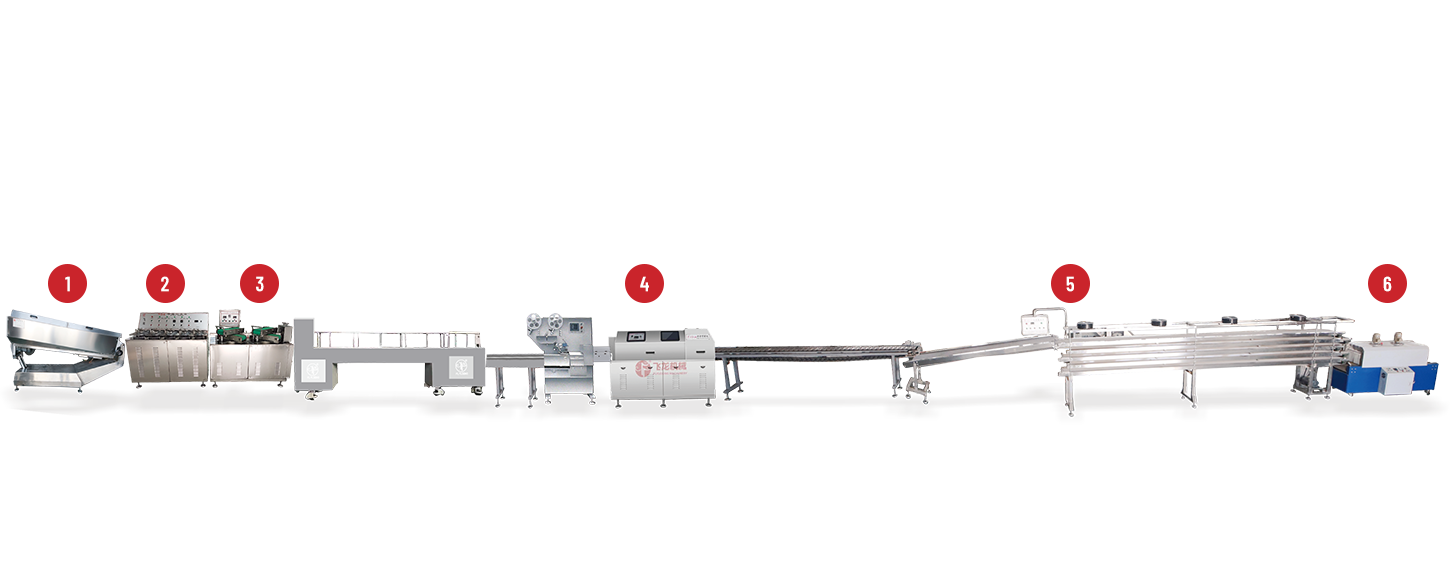
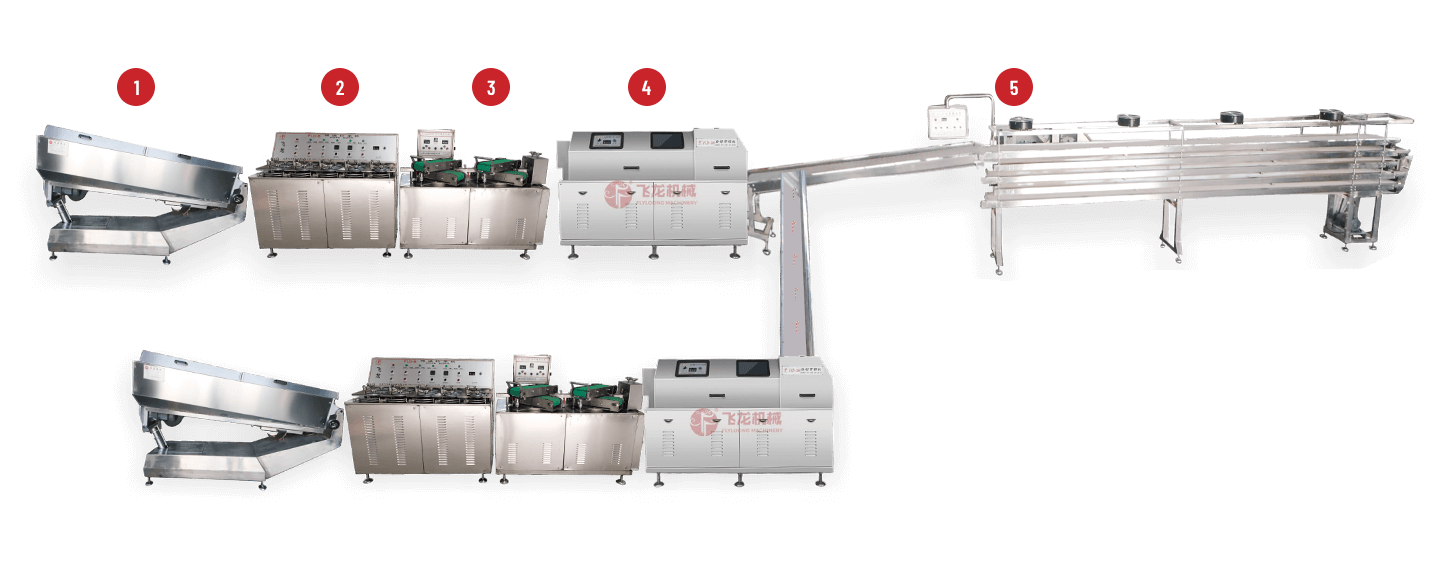
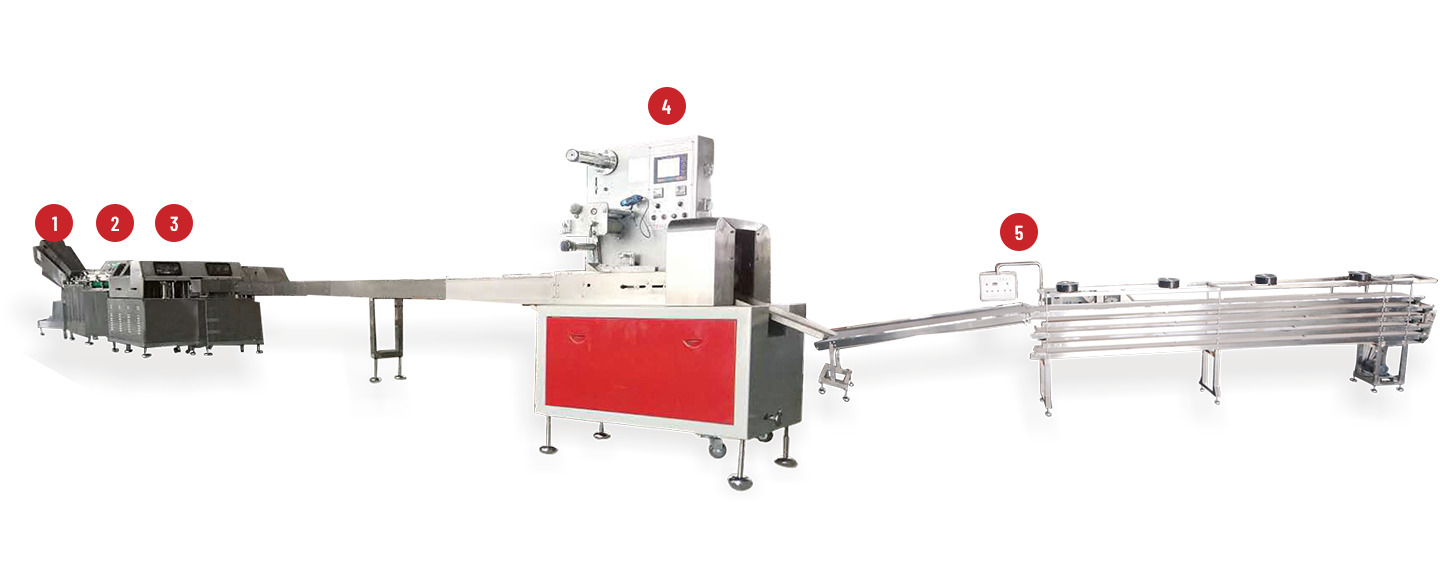
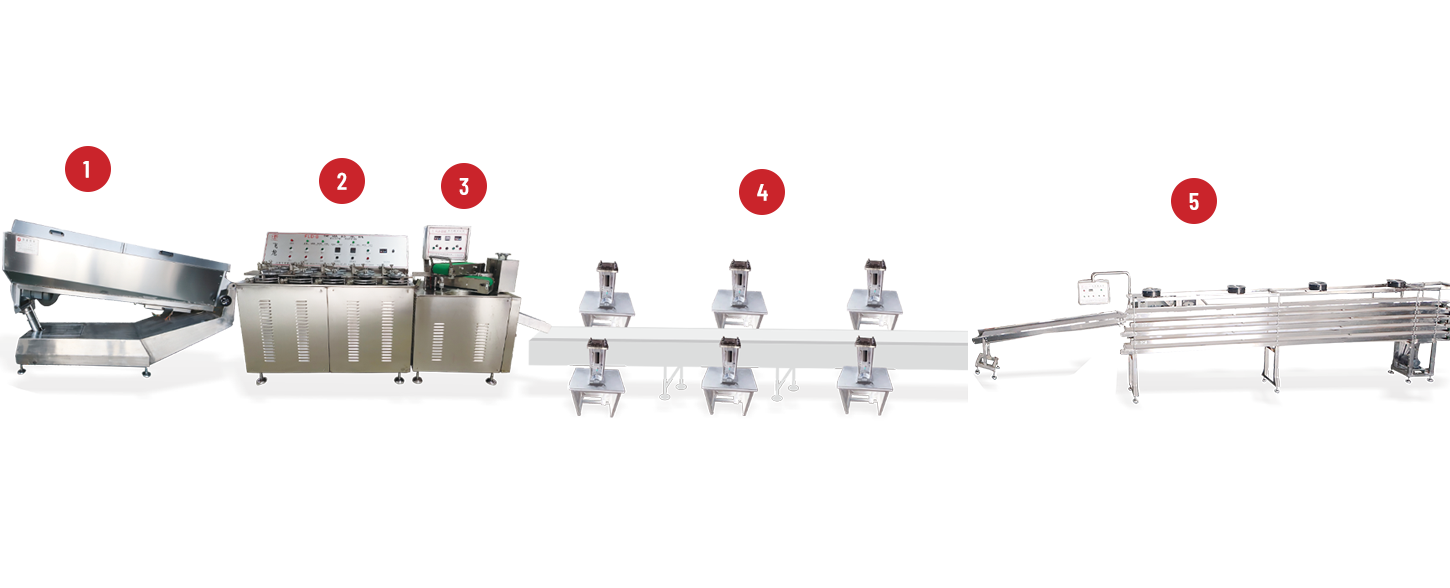
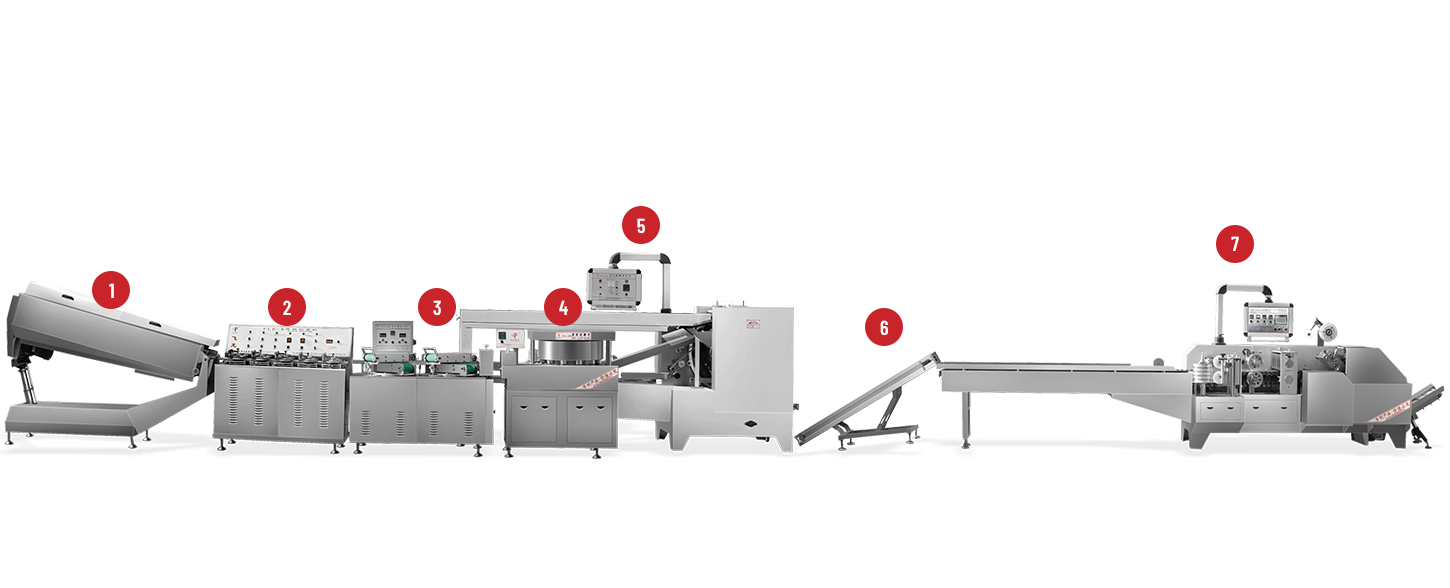
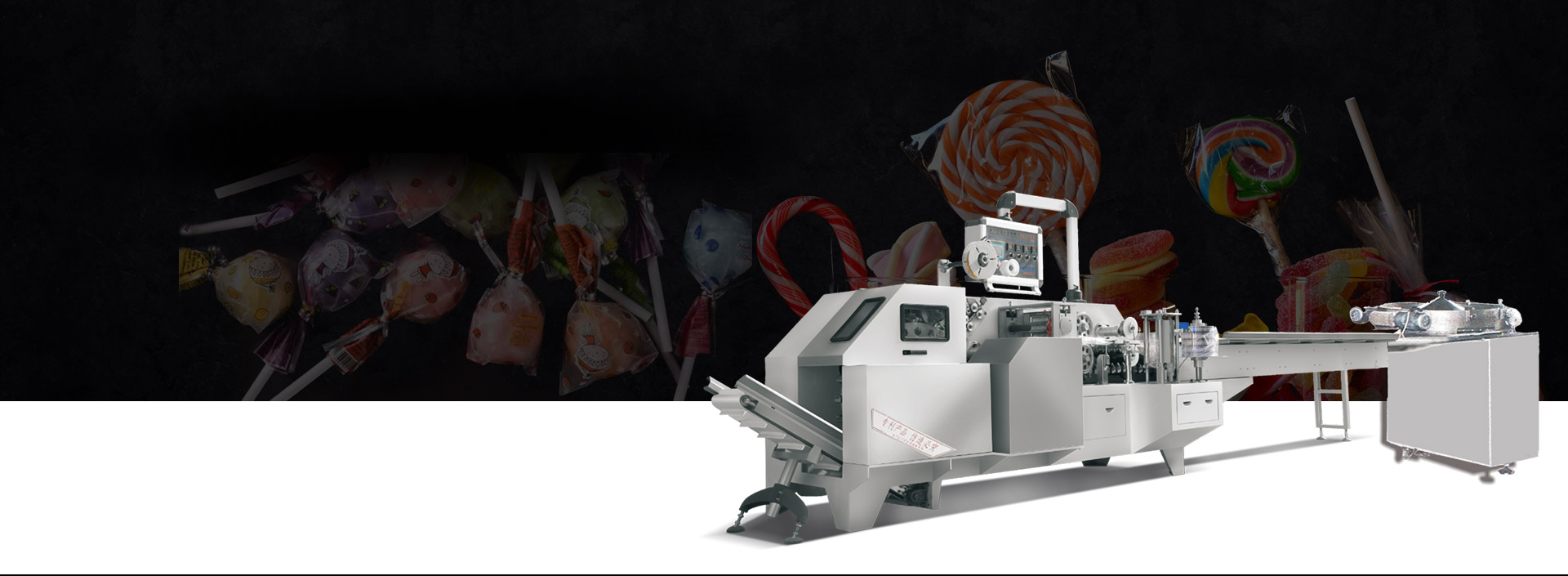
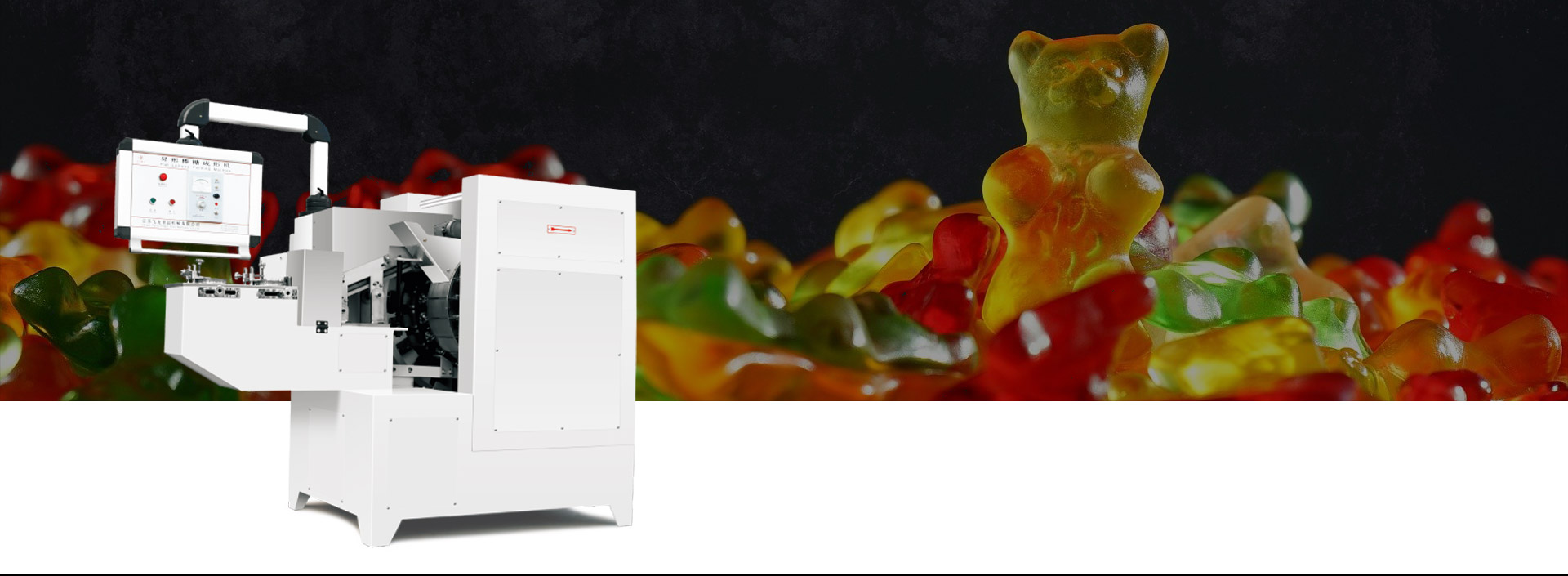
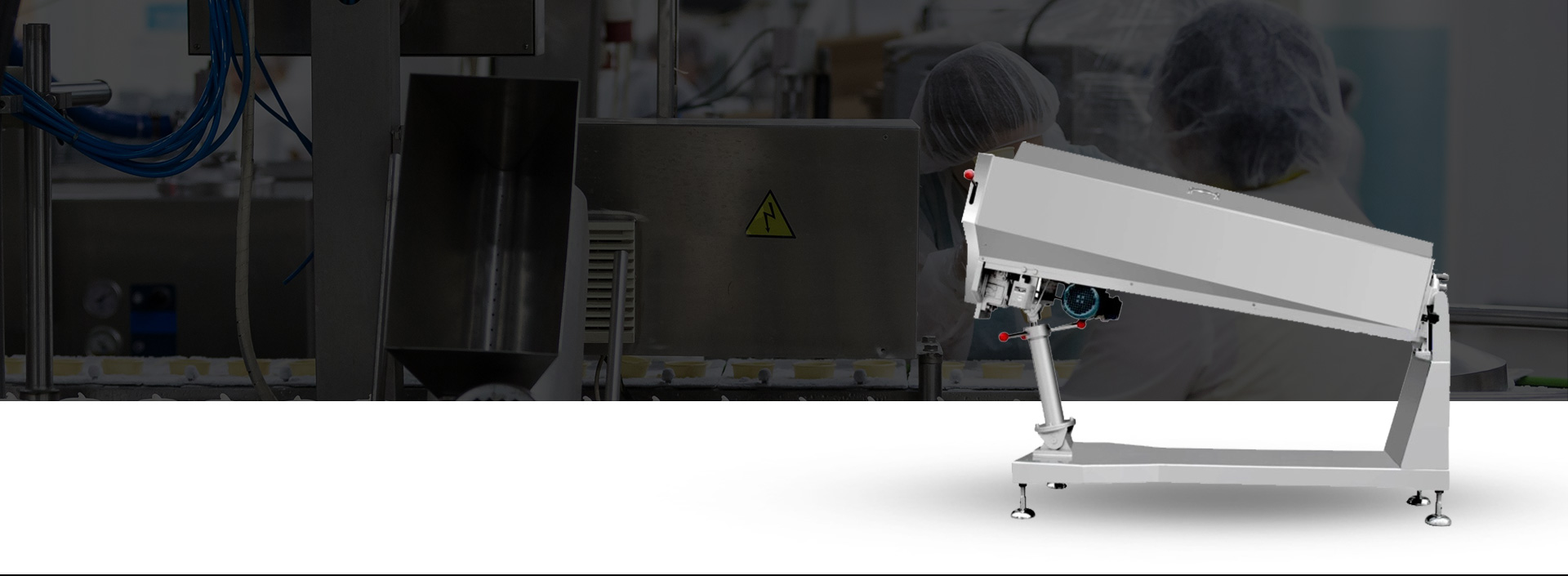
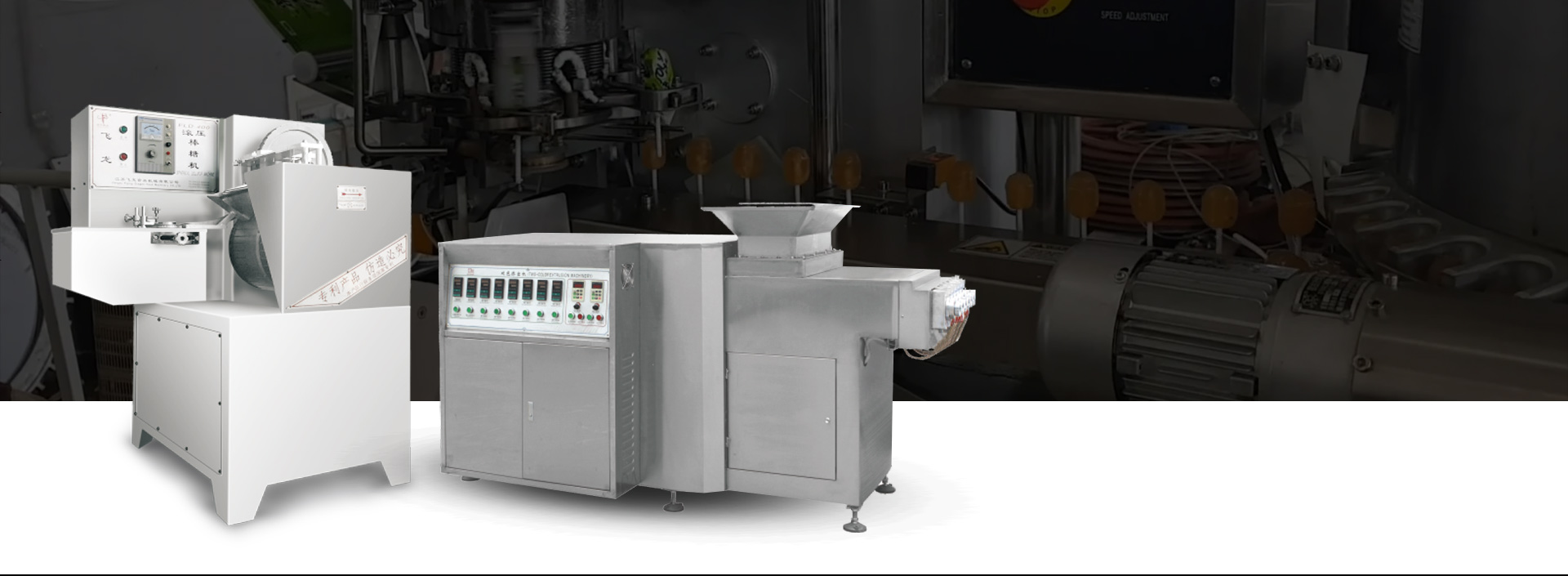
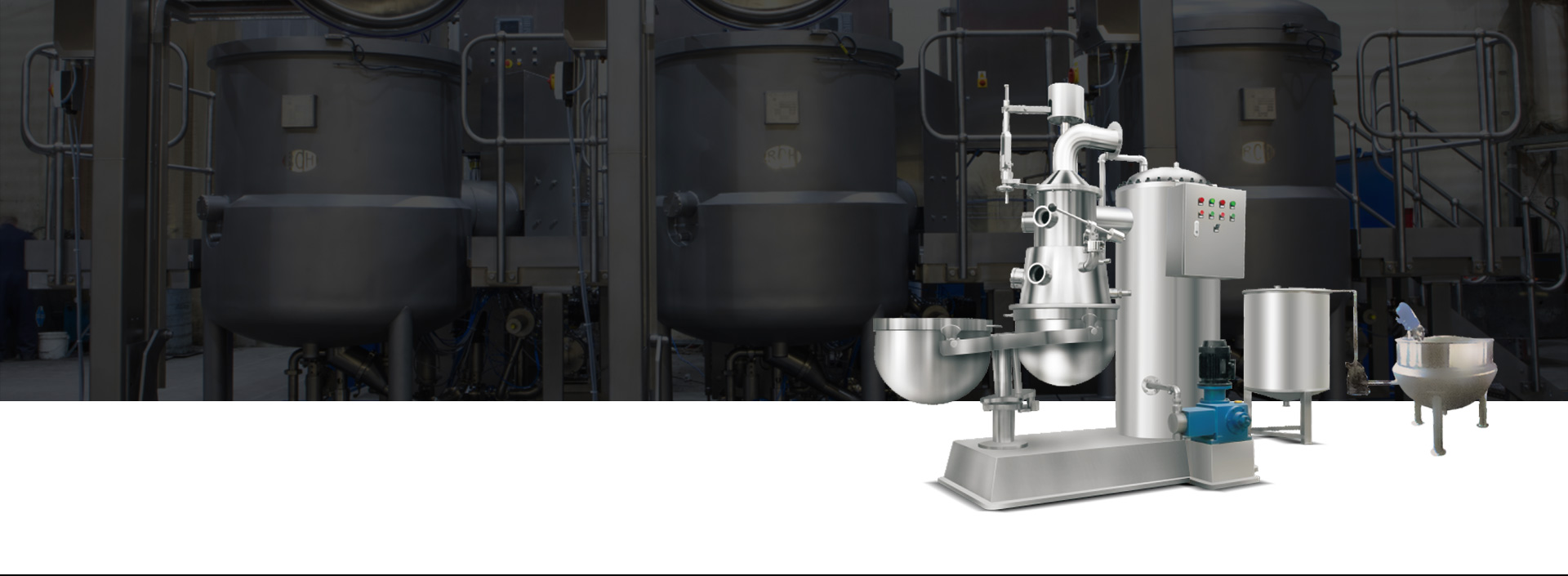

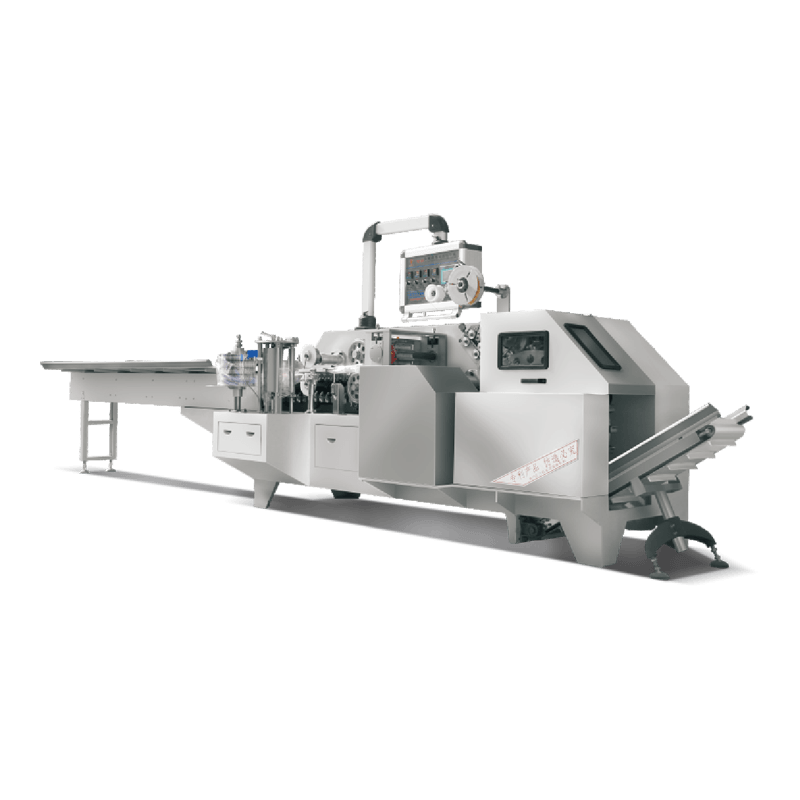
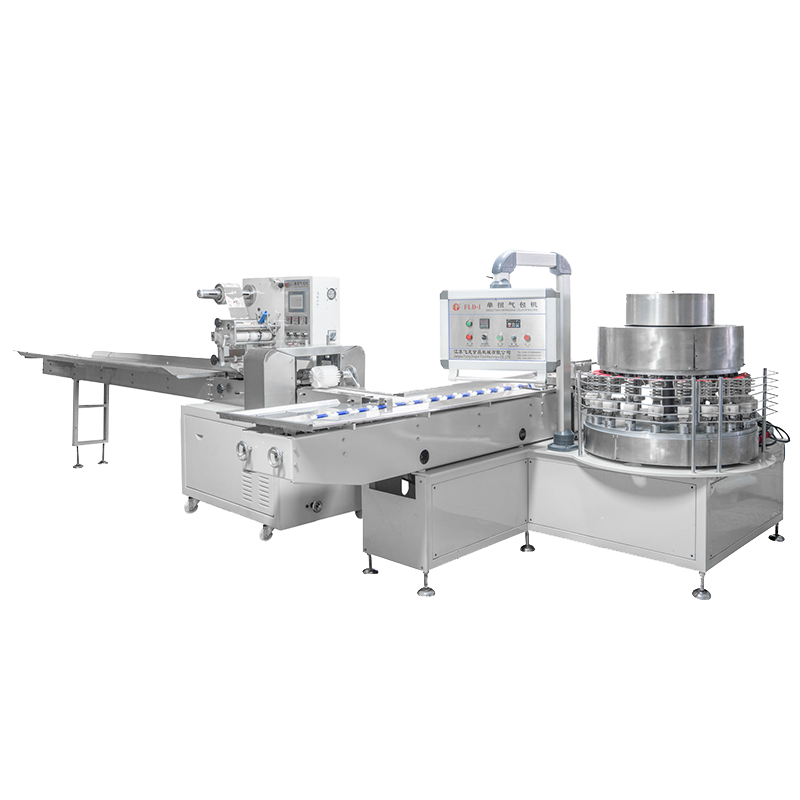
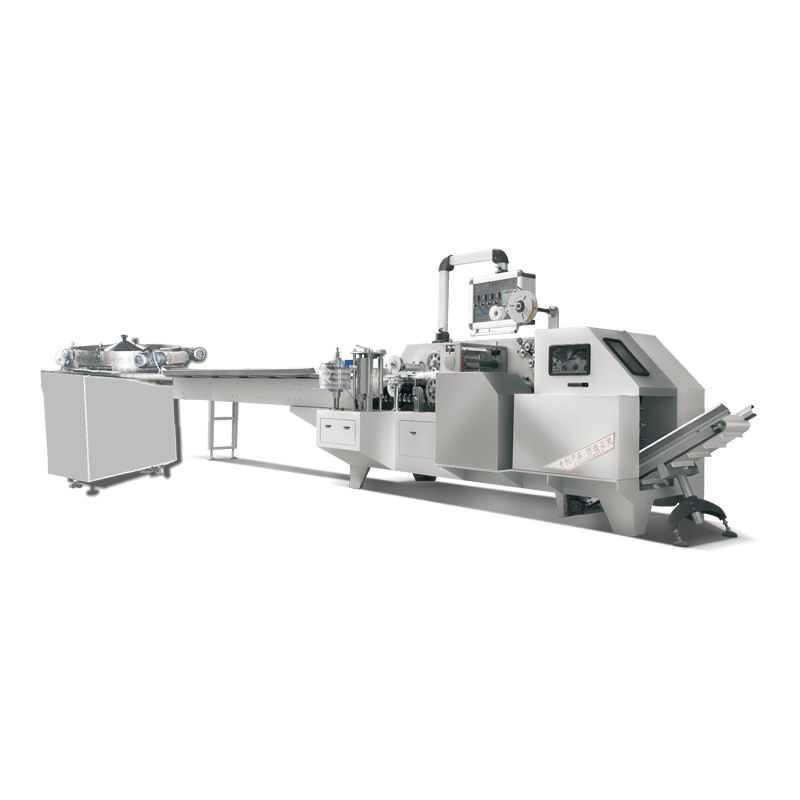
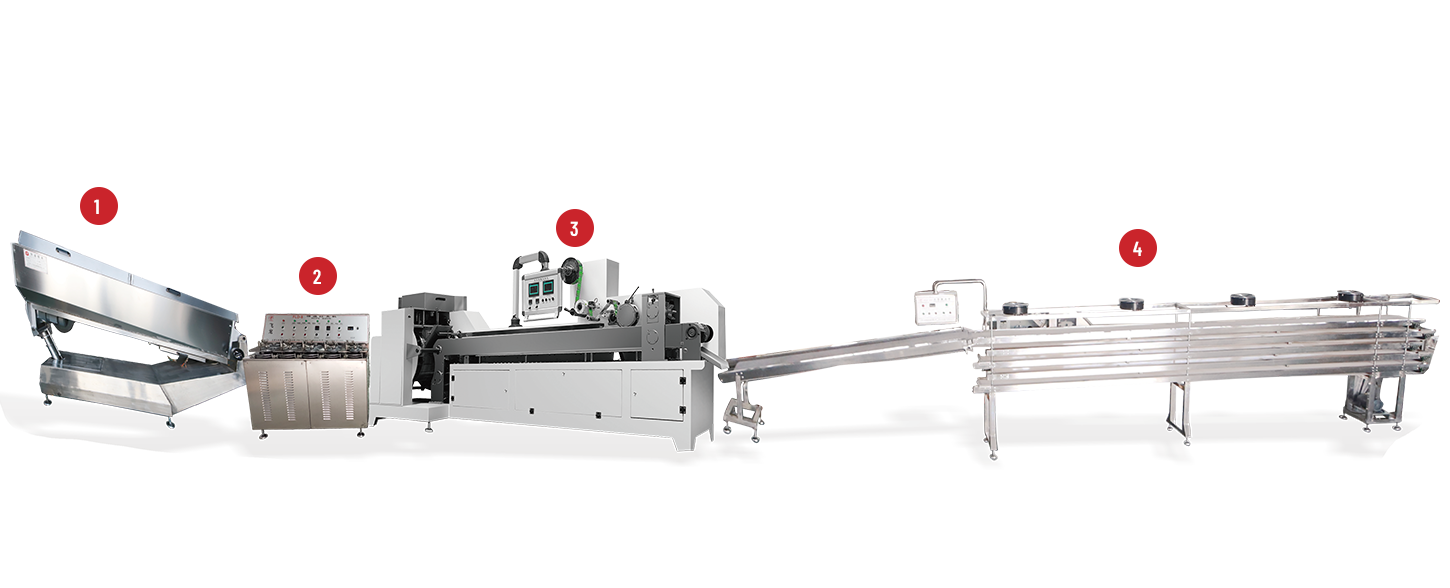
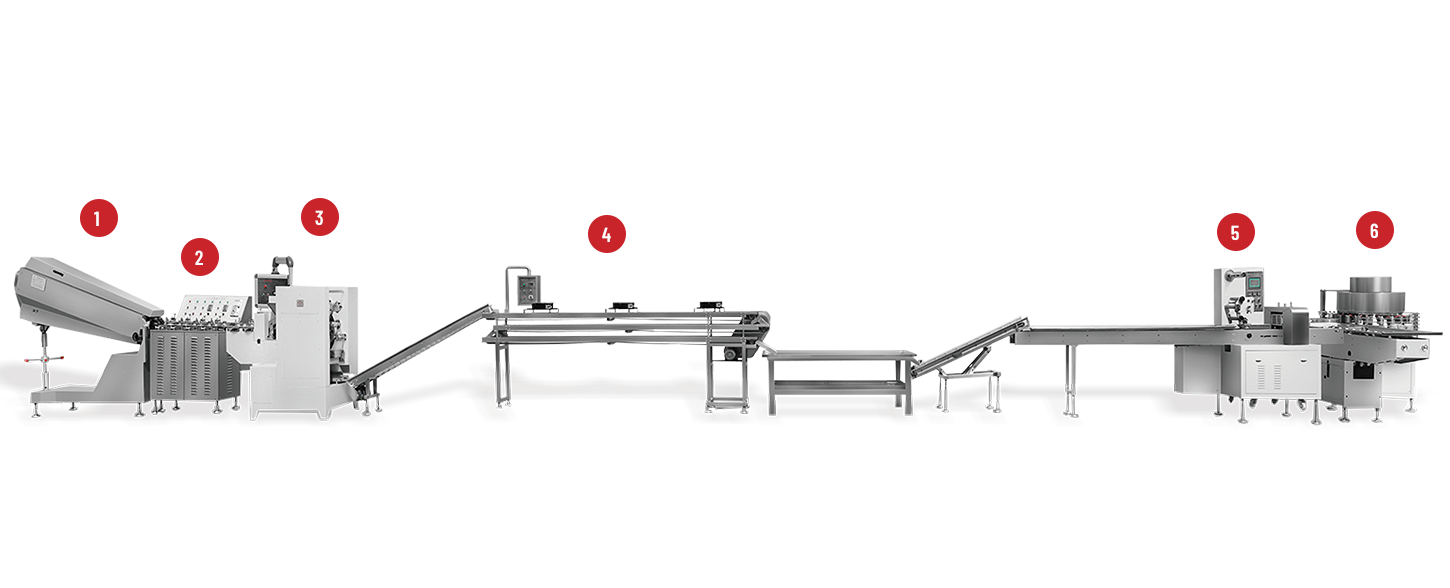
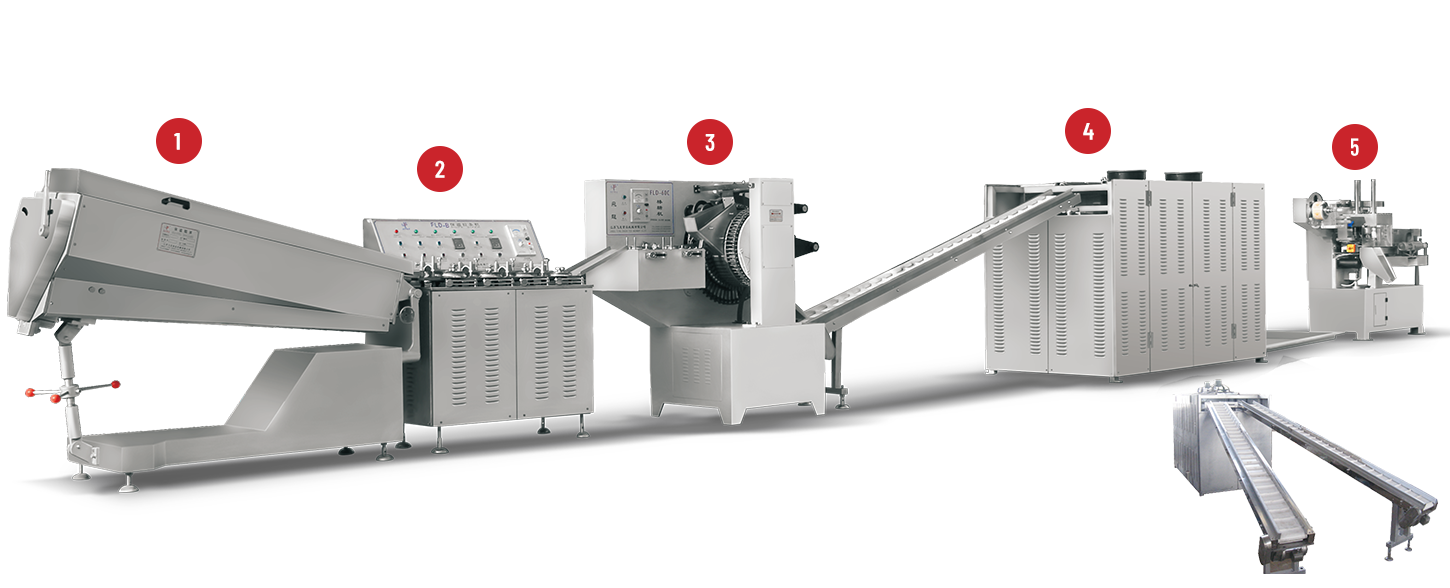
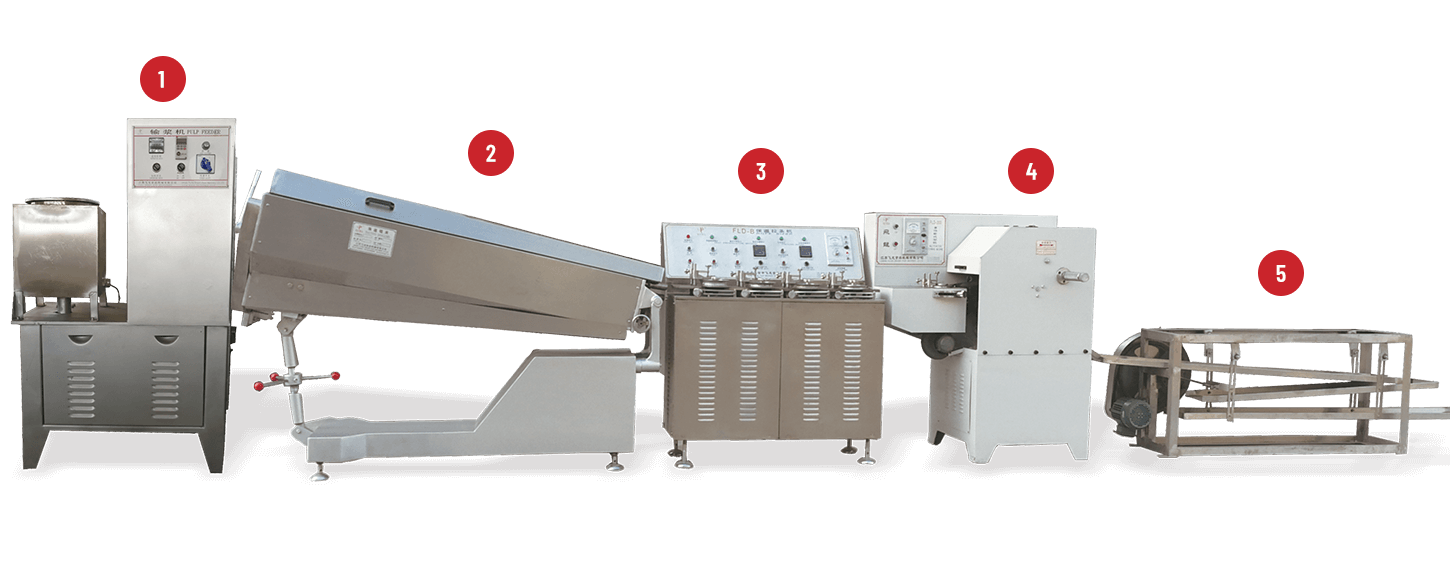
 +86-(0)515-8465666
+86-(0)515-8465666 +86-(0)515-85566996
+86-(0)515-85566996 +86-138 1559 9708
+86-138 1559 9708 flyloong@flyloongcn.com
flyloong@flyloongcn.com 
 Home
Home